The Impact of Steelhead Trout on Atascadero Creek
Since 2005 I've walked Atascadero Creek twice daily on treks ranging mostly from Patterson Avenue to Turnpike, with frequent trips to Goleta Slough and the beach. The creek has always been nicely maintained along this stretch. Each Spring it was cleaned of growth from Gwyne Avenue to Via Miguel, about a mile.
For some reason these images are being squeezed horizontally. Sorry about that.

The resulting open shallow water provided excellent feeding for a number of bird species, including three herons and at least two egrets. Regular diners also included red-winged blackbirds, kingfishers, crows, and white-faced ibis, to name a few.
Lunch specials at the creek included minnows, red crayfish, worms, big worms, and the crow has himself a snail. Herons and egrets snatch dragonflies from the air and they follow the duckling broods. Turtles (two species as far as I know) will also prey on ducklings.
The mallards prospered every year with numerous broods of up to ten ducklings. Occasionally teals and teal-mallard hybrids would be seen. In March 2012 a mandarin drake appeared after a windy night and courted (or at least followed) a female mallard for about a month, during which time he enjoyed celebrity status. The ducks were a popular feature on the trail.
Coots, sandpipers and other birds from Goleta Slough often ventured upstream. But it was mostly a spacious playground for the larger birds.
Then in March 2013 some guy saw a big fish in the creek beneath the Patterson Avenue bridge. Long and sleek it was, and made him yearn for a fishing pole. But it seemed too large for this small creek.
It's a steelhead trout (Oncorhynchus mykiss ssp. irideus), a species that is or was "on the brink of extinction" according to these folks:
http://www.geog.ucsb.edu/events/department-news/1190/steelhead-trout-fighting-for-survival-in-our-backyard/
Two of them were circling and hovering over a nest, shown in this view from the bridge. Kudos to the duck for providing a sense of scale. I hope he didn't eat any fish.
Atascadero Creek and Goleta Slough were placed under environmental protection, and that meant the annual maintenance on these areas was taboo. The weeds weren't dredged away, and Goleta Beach wasn't bulldozed to allow the slough to drain. As of September 2013 the creek looks like this. Almost all of it is grown with bulrush, cattails, cocklebur, goldenbush, wild radish, sweet clover, willow weed, an assortment of grasses and a number of rogue domestic species such as nasturtium.
Those are among the few ducks I've seen this summer and I haven't seen any since. The herons and egrets are few but they do make semi-regular appearances. The high vegetation hampers access to mud (for yummies) and room to fly. The creek also smells a bit stagnant (a condition made a worse by a total lack of rain) and there are more mosquitoes.
I miss the slow-flowing Zen creek, but the new non-flowing mosquito creek has a few niceties and surprises about it. I'd never have seen this long-tailed weasel (mustela frenata) if he didn't have vegetation to hide in. Here he is on a June morning, enjoying a breakfast mole.
Near Via Miguel, this small area of the creek (below, left) was clean in 2011. Sediment was beginning to creep in naturally, and when the creek wasn't cleaned in 2013 it turned into this (right). It's now a place to cross for access to More Mesa.
I've passed through this weed patch several times without giving it a glance until recently. While tying my shoe, I spied aphids feasting on a rough cocklebur and ladybugs feasting on the aphids.
Scattered among the weeds were dozens of california tree frogs (pseudacris hypochondriaca). They come in a variety of colors. The last one is shedding his skin.
The assortment of bugshots below was taken in about thirty minutes just by standing in that same spot, leaning to and fro, something I tend to do naturally. Spiraling clockwise from top left: Skipper butterfly, mournful duskywing, grey hairstreak, wedgling, female and male black-fronted forktails, digger wasp, and blue-green sharpshooters.
Also present but camera shy were honeybees, blue-eyed darners, hover flies, lizards, a hummingbird, and houseflies just in this 10-foot area, perhaps 30 square feet. If I expand that area, so I have to actually walk around a little, I can add these gems to the list: flame skimmer dragonfly, western fence lizard, black saddlebags dragonfly, nutmeg mannikin, robber fly, queen butterfly, orchard orbweaver spider.
They were all living in or feeding on the plants growing in the normally clean creek bed. These species were certainly in the area before the trouts' arrival. And no doubt there are many species I haven't found yet.
I do miss the mud-and-bird creek. Having a variety of wildlife just a few feet away made for many nice walks. Watching the ducklings mature as the year progressed was something we trail regulars looked forward to. But the weed-choked trout-friendly creek supports a greater number of species. The impact of the trouts' presence has been profound aesthetically, but not in a detrimental way biologically. For a shutterbug like myself both environments provide ample shooting opportunities; the old way was telephoto, the new is macro. I would say the only net effect of not clearing the weeds from the creek is that a few herons and egrets have to eat somewhere else. As for what lives in the creek waters, I don't know, but the turtles, mosquitofish and crayfish are doing well.
Because of the lack of drainage, the water in Goleta Slough is a few feet higher, and at times it has a rather organic aroma about it, but there appears little effect on the wildlife there. And there's a new fish! If anyone has actually sighted the fish or their fry since the initial observation please let me know.
Bad News Update: April, 2013. Locals caught red-handed catching trout from the creek. The culprit, having actually hauled a fish out of the water, was fined a few hundred dollars.
http://www.independent.com/news/2013/sep/09/fisherman-fined-catching-steelhead/?print
Cool Update: 09-28-2013. Thanks to Lisa Thompson (UC Davis,) who identified a mosquito fish and a topsmelt from the creek, and said about the trout:
Rainbow trout and steelhead (trout) are the same species, Oncorhynchus mykiss. The only difference is that steelhead migrate to the ocean, where food is generally more abundant, so when they return to freshwater to spawn they are larger than the "resident" rainbow trout who spend their whole life in freshwater. The trade-off for the steelhead is that they have to brave the more dangerous ocean conditions, with larger predators, in order to gain the size and reproductive advantage. The larger the female, the more eggs she produces.
Interestingly, steelhead mothers can produce rainbow trout offspring, and vice versa. In southern California, where long droughts have occurred historically, this flexibility in life history probably helped the trout to survive. If the creeks didn't flow enough to break through the lagoon sandbars for many years in a row, any steelhead out in the ocean would have died without reproducing, but the population could have been maintained by the resident rainbow trout in the creek headwaters (e.g., Rattlesnake Creek up above Mission Creek - the first place I saw southern steelhead trout). Once a good rain finally arrived, some of the rainbow trout offspring would have converted to being steelhead, migrated to the ocean, and returned to freshwater large and able to rapidly increase the population size.
In California the steelhead between Santa Cruz and Santa Maria are listed as threatened under the federal ESA, and between Santa Maria and the Mexico border they are listed as endangered. There are steelhead as far south in California as Camp Pendleton, near Oceanside, and I've seen rainbow trout in the Tijuana River east of San Diego. There are also a few isolated populations of trout in the highlands of Baja California, and east of the Gulf of California in Mexico.

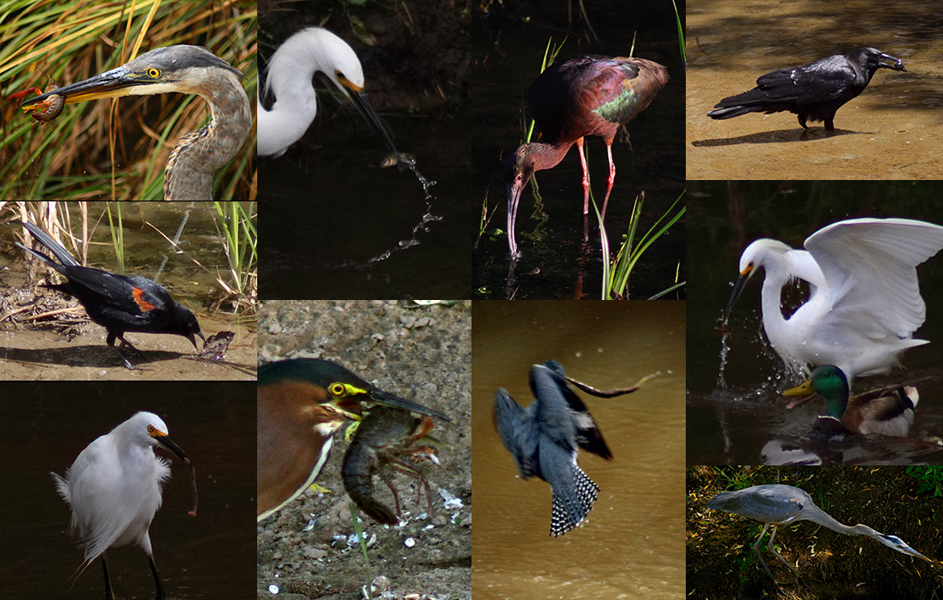
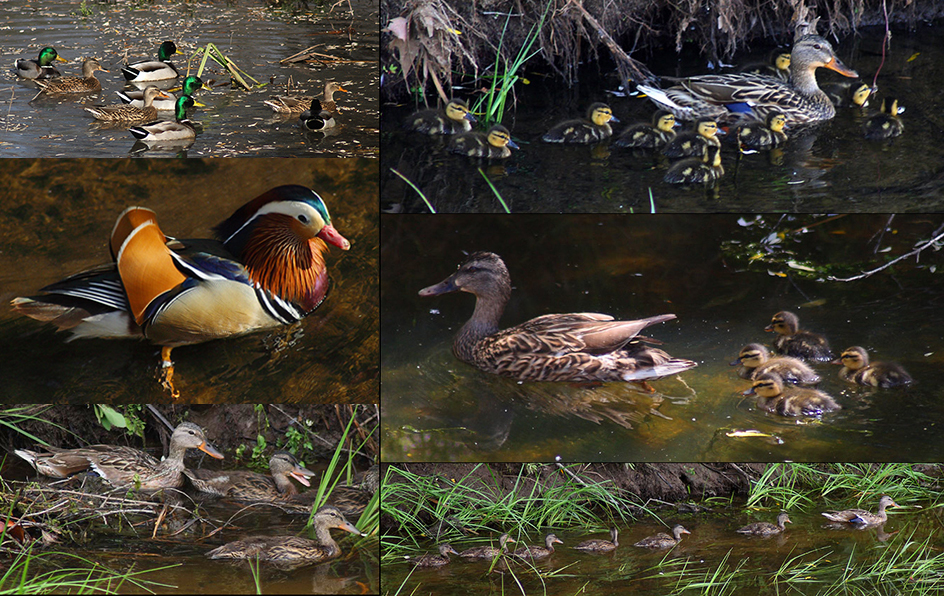
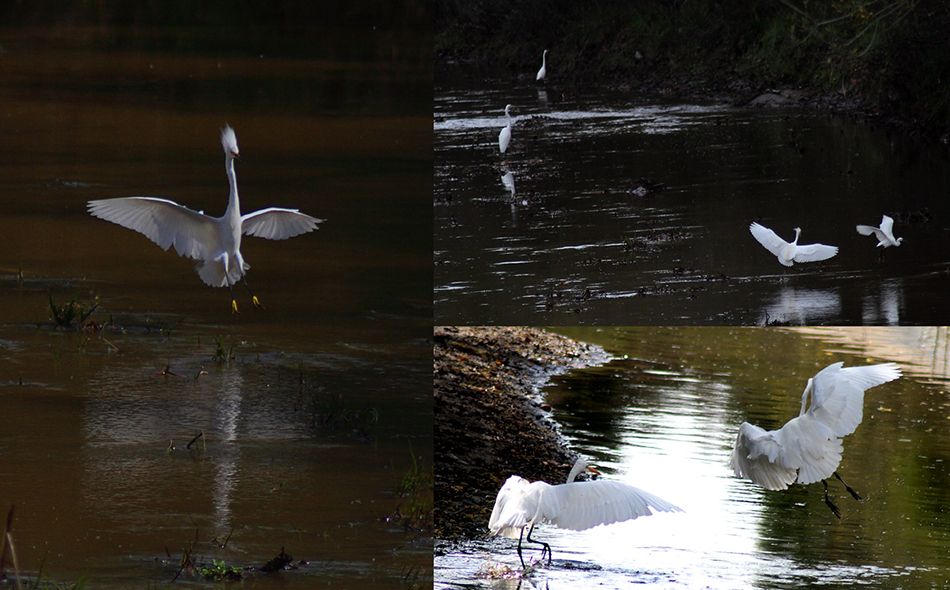
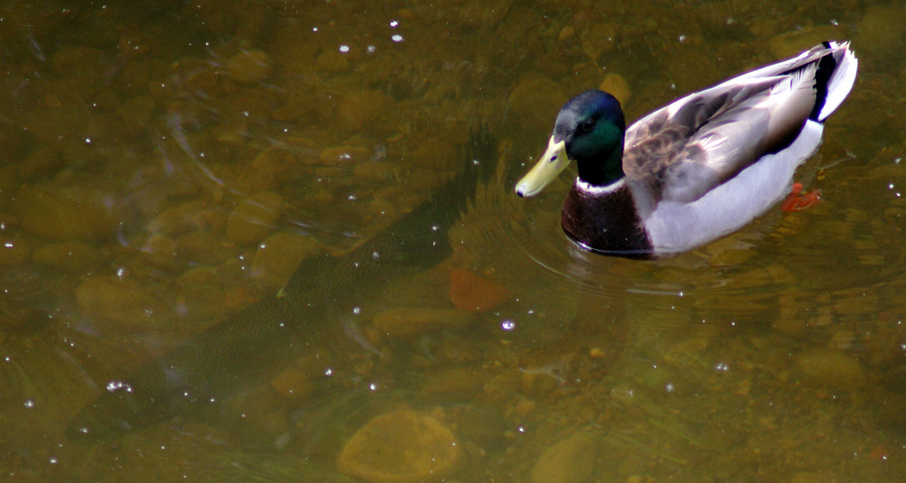
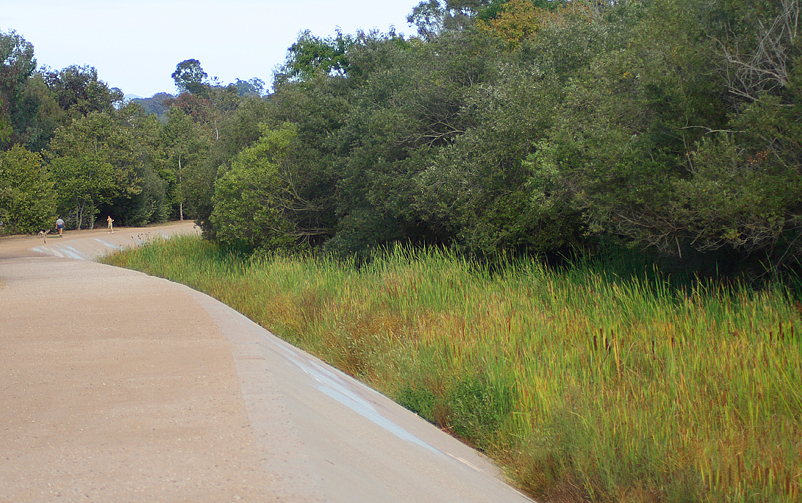
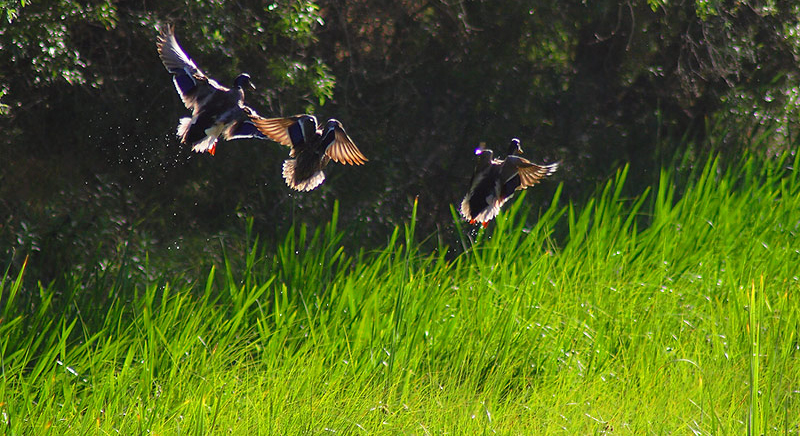
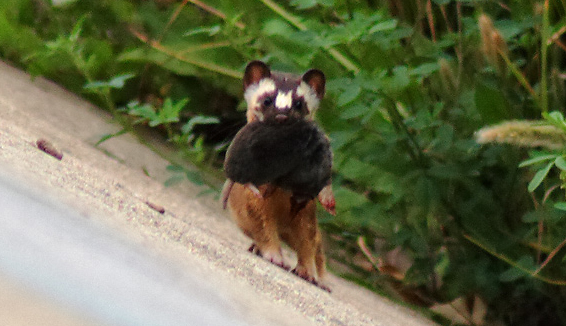

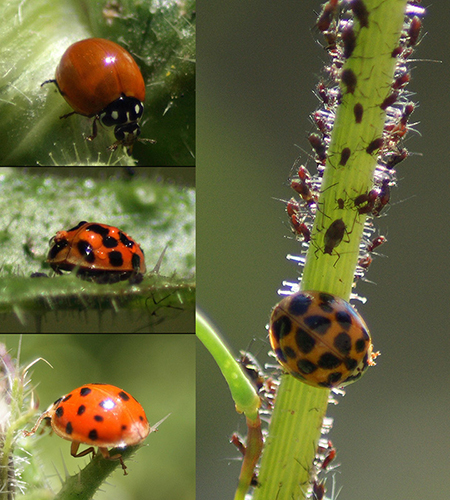

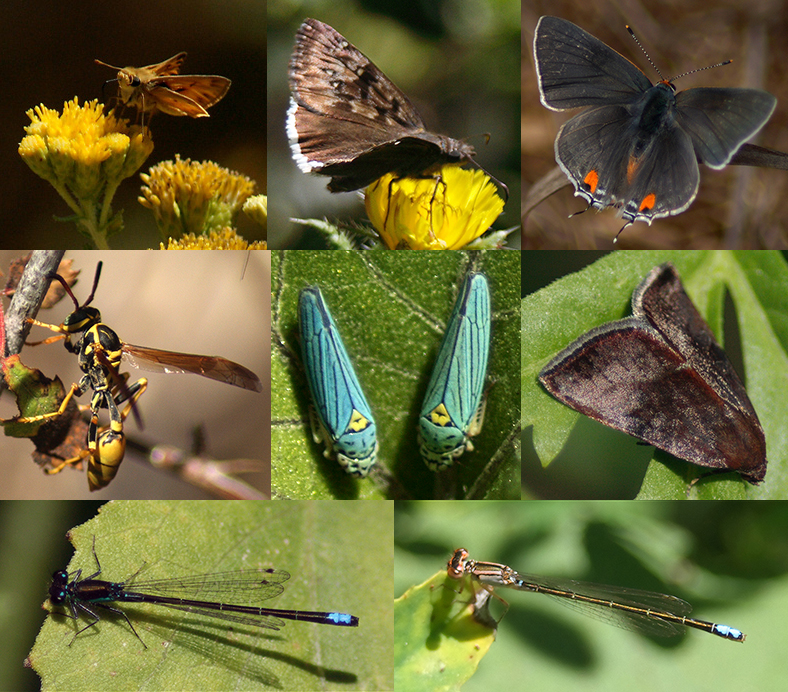
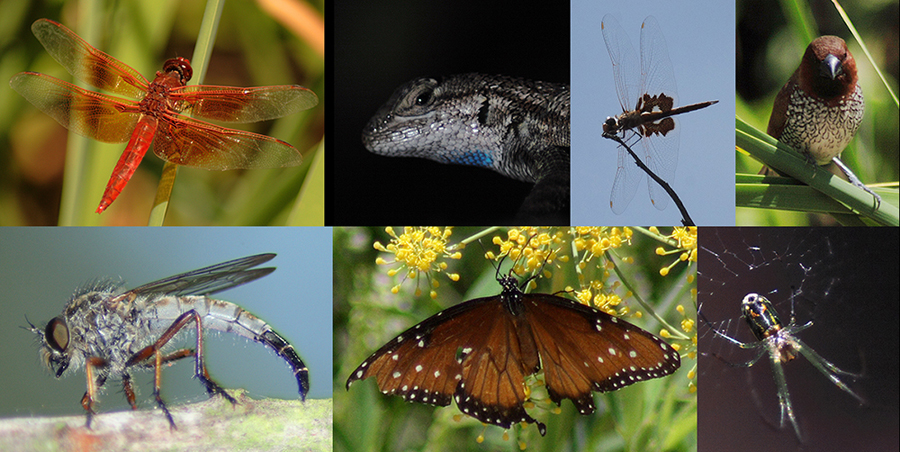
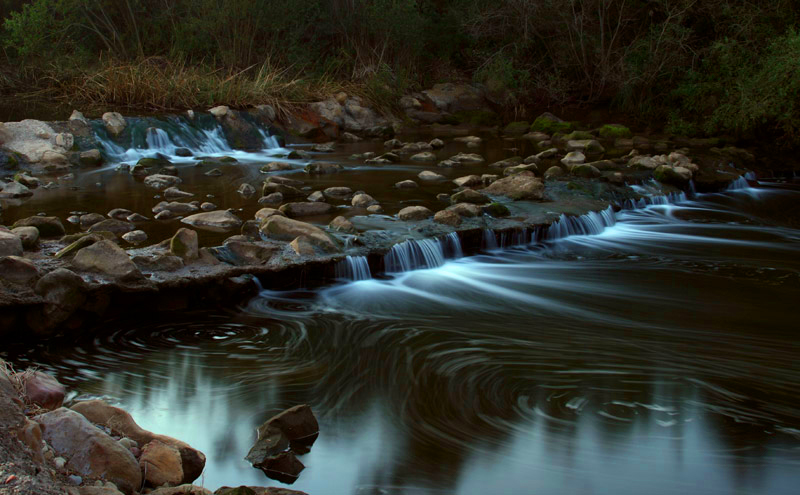




Kommentit
You can get rid of the aspect ratio issues by removing the width and height attributes:
I tried that, thanks kueda. The aspect ratio returns to normal but the entire image is smaller.
The maximum width of the journal post is 630 pixels - per looking at the Inspect Element option of the browser. That is everything is being constrained within a 630 pixel column, including pictures. Thus images that are 900 pixels wide will be sized automatically by the browser to 630 pixels wide, but it will keep the height as stated.
The solution, as Ken-ichi/Kueda suggested, is not to specify the width and height and the browser will size both to fit the journal width of 630 pixels. Another trick to getting the correct size of a 900 pixel wide image to fit in a 630 pixel wide window, it to set the width to 630 and not specify the height.
I don't know how/if the width of the journal post can be made greater than 630 pixels - at one time it appeared to be completely free form with the 900 pixel images being shown as that size. Was there a change at one time?
I changed the first two images by removing the width and height. While editing the post displays just fine. After saving, the images are smushed horizontally.
I'm ok with a 630 pixel width. I thought maybe I was doing something wrong. It won't take long to resize the pics.
Thanks Lynn and kueda!
I added a max-width to images in journal posts semi-recently. I don't like it when things overflow their boundaries.
Agreed - it looks a lot better.
As per kueda's suggestion, I changed all the widths to 630, and specified no height. Looks great !
Lisää kommentti